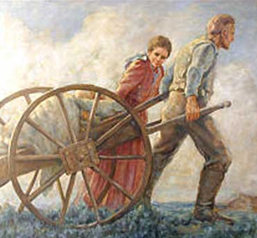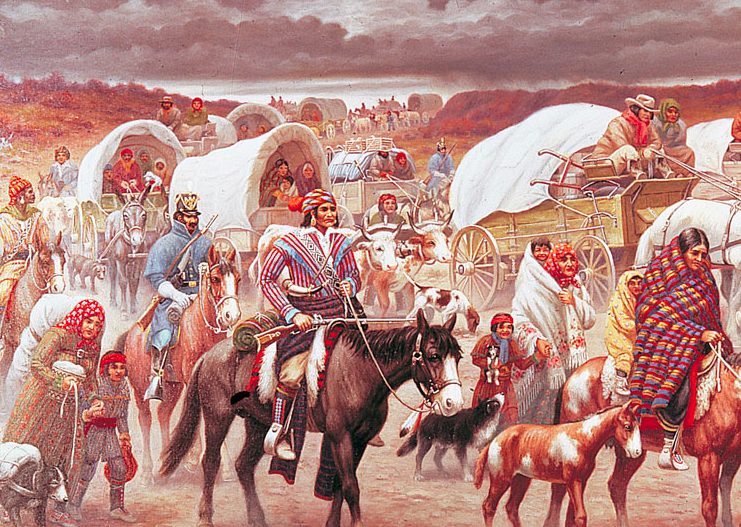

Indentured servants formed the “backbone” of the 17th-century settlement, a historical account of the colony asserted. Mary’s City fought hard to plant and grow crops with the novel methods the landscape forced them to learn. The fort occupied the site of a former Yaocomico (also spelled Yaocomaco) Indian village, but the rest of colonial St. He continued: “You wonder…what he came over for… the hopes that he had, the dreams that he had.” It’s a period that we have such little documentation on.” “This is someone who was here in the first years of the settlement, the vanguard of the Colonial invasion,” said Parno, standing at the site. Though the boy’s status during life merited meager rites at best, his existence is now “monumental,” Parno told the Post. Mary’s City, Maryland’s colonial capital and the location of the remains. Travis Parno is the director of research and collections for Historic St. Buried with one arm bent awkwardly across his chest and his left hand clenched in a fist, it’s possible he had no family to mourn him. The excavation revealed no coffin and no burial shroud to protect a body with a broken right leg and possibly damaged ribs. Little ceremony seems to have accompanied his death.

Who was this young settler? Experts found he “had a square jaw,” stood around five feet tall and was about 15 years old when he died, the Post reported. Minimally stable by 1610, its people had weathered many grave threats. The first European settlement to survive catastrophe was Jamestown. Photo: Wiki CommonsĪt the time, the boy’s people claimed a fragile foothold on American soil.

A reconstruction of the ‘Dove’ at modern-day Historic St.


 0 kommentar(er)
0 kommentar(er)
